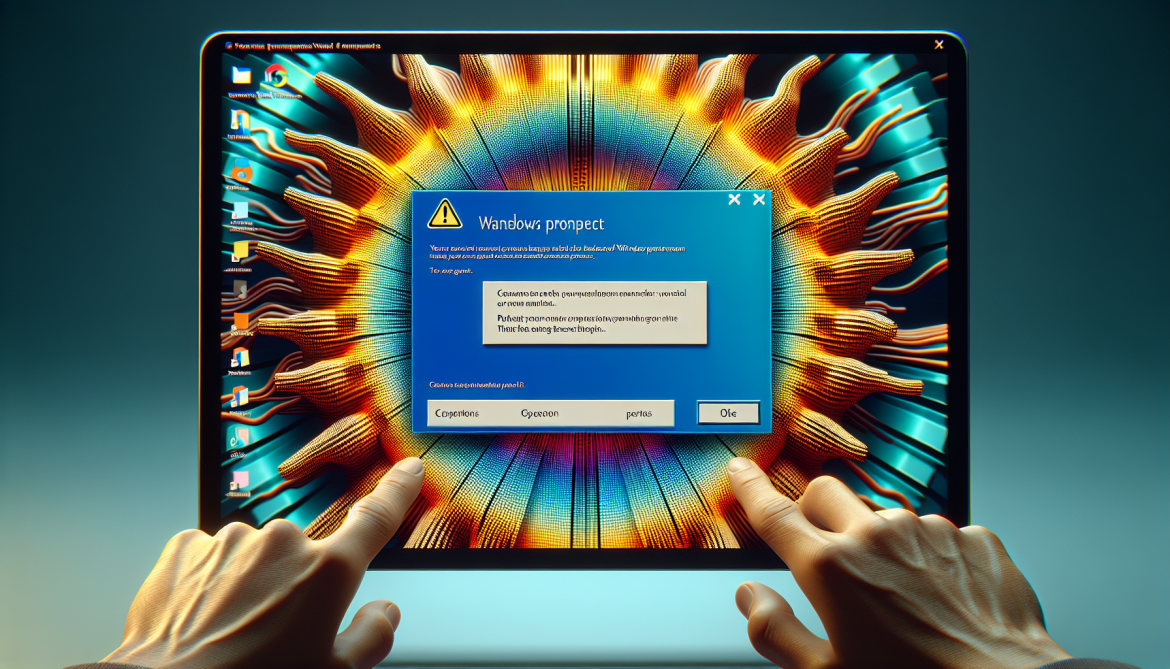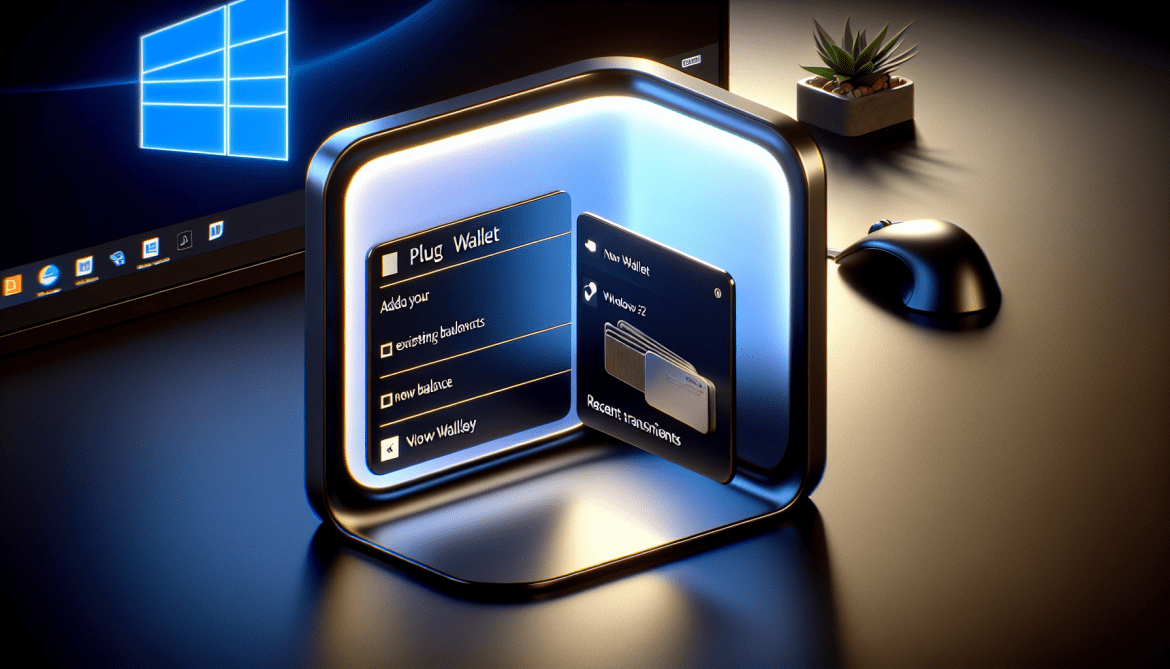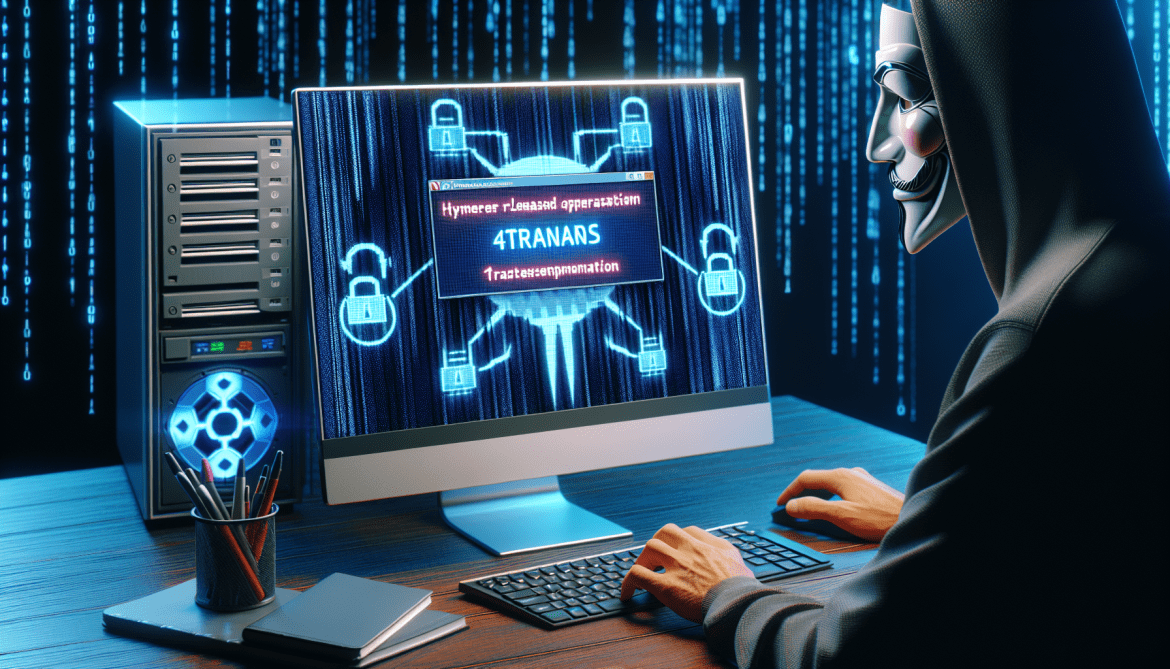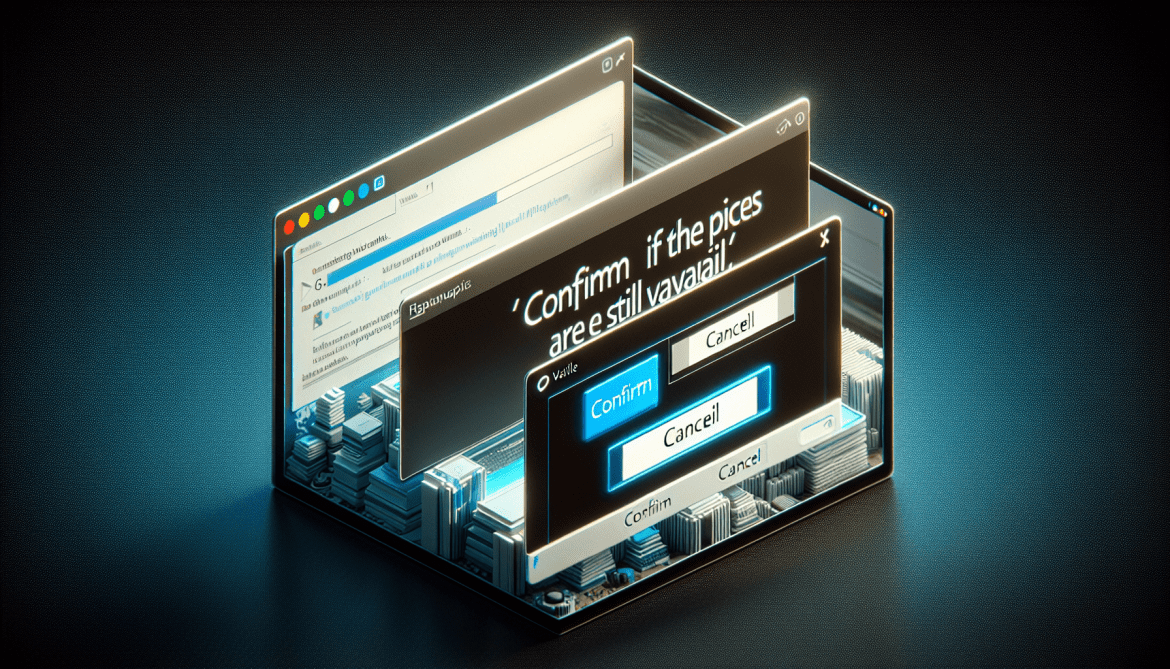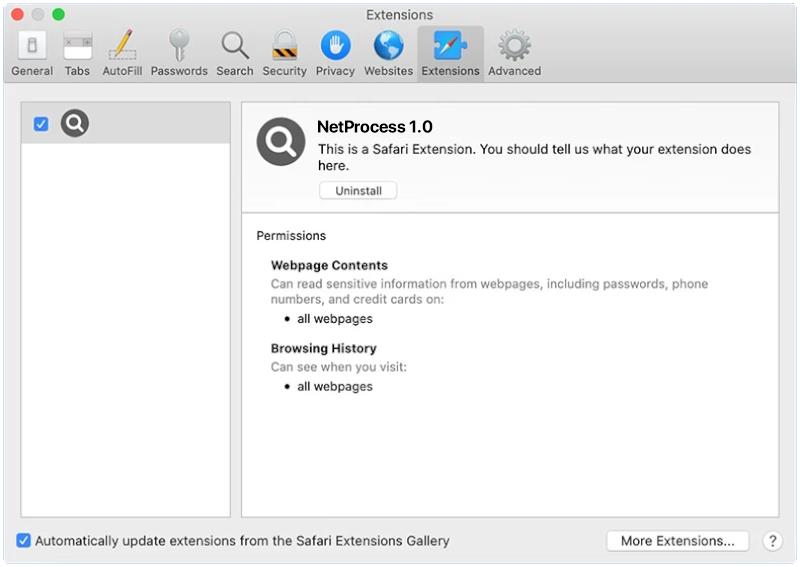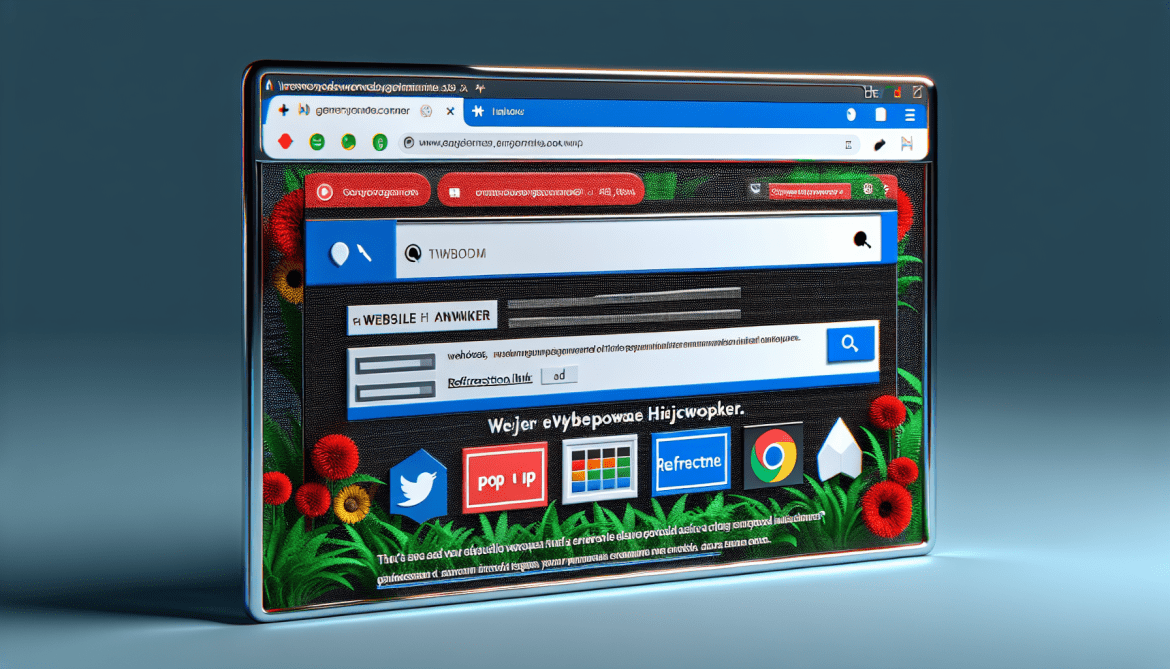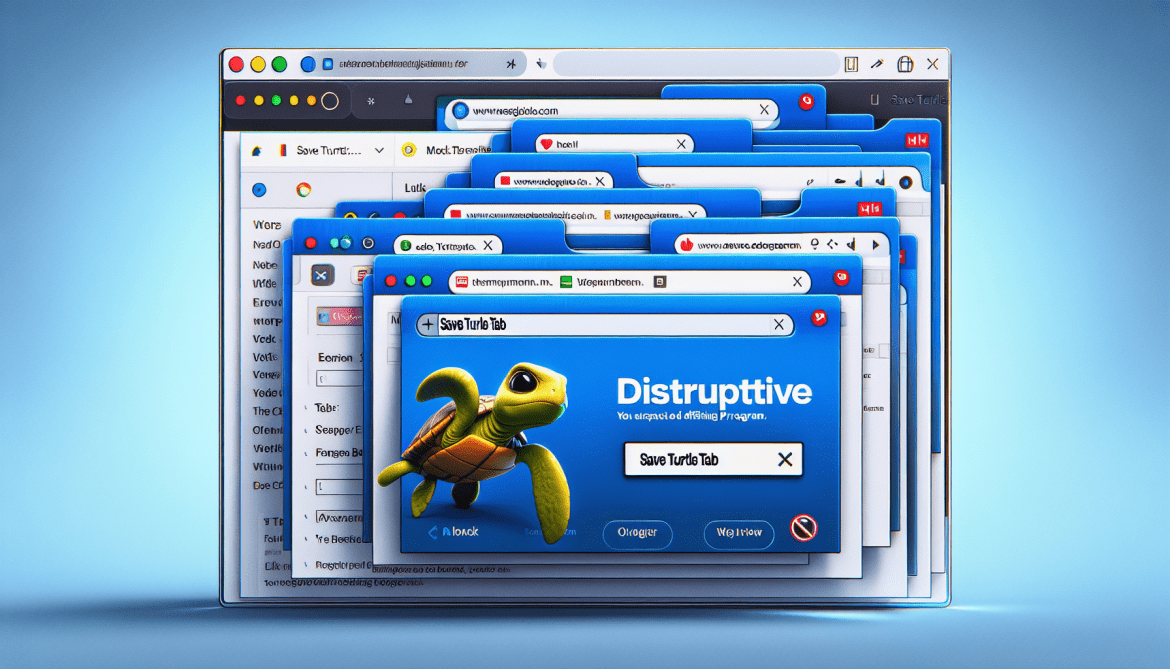Less Fees & Gas is a term often used in the context of blockchain and cryptocurrency transactions. It refers to the reduction of transaction costs and gas fees that users have to pay when executing transactions or smart contracts on a blockchain network. These costs are typically paid in a specific cryptocurrency and are used to incentivize miners or validators to process and validate transactions. High fees and gas costs can limit the utility and accessibility of a blockchain network, particularly for users who need to make smaller transactions. Therefore, efforts to reduce these costs can make a blockchain network more appealing and user-friendly.
The reference to Less Fees & Gas may appear in your browser if you are using a blockchain-related application, website or extension. This could include cryptocurrency exchanges, wallet services, decentralized finance (DeFi) platforms, or other blockchain-enabled digital services. The message could be indicating that the service or platform offers lower transaction costs or gas fees compared to other options, which could be a key selling point for users who are concerned about cost efficiency. This could be particularly relevant in the context of Ethereum, which has been known for high gas fees, but also applies to other blockchain networks.

